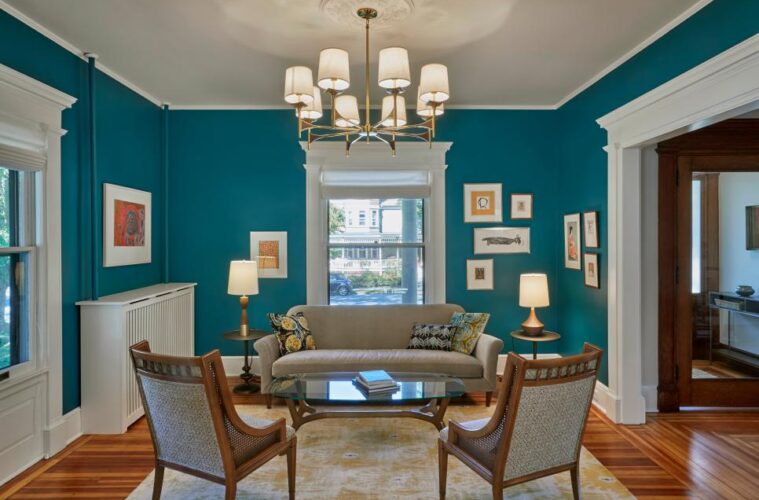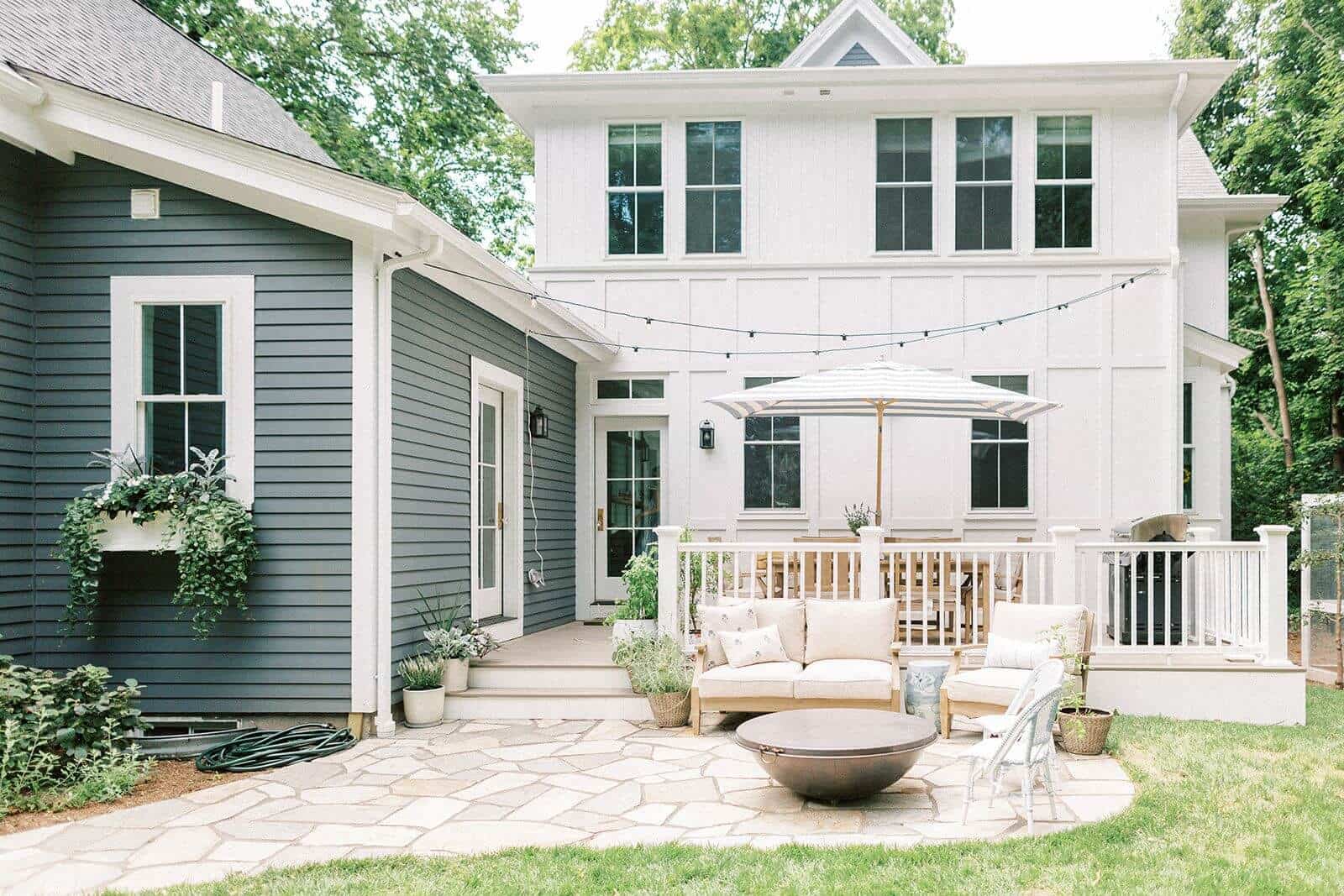Restoring a historic home is super rewarding. But it certainly ain’t for the faint of heart!
Whether you’re an investor who’s just landed on your dream property or a homebuyer who’s fallen in love with a piece of history, restoring a historic home requires dedication, passion, and lots of elbow grease. But if it’s done right, it’ll be worth every bit of effort.
At Combit Construction, specialist historic home renovation company, North London, we understand what it takes to restore an old gem to its former glory. So, before you pull out the big guns and rush into your project headfirst, we suggest you take a few minutes to read through our tips for renovating old houses.
First things first: what makes a house ‘historic’? And what might that mean for the renovator?
Historic homes in Britain are ones that are deemed ‘architecturally significant’ by the National Register of Historic Places. In simple terms, that means they’re a meaningful part of history or there are few enough surviving examples of their style to make them worth protecting for future generations. If a property has been owned by or even associated with someone famous in history, this might be another reason for it to end up on the Register.
There are generally some restrictions on what you can and can’t do to a historic home in terms of renovation. In fact, depending on the case in question, the restrictions can come down to details as fine as paint colours and the type of glass in your windows. It’s important to do your research before you purchase – you don’t want to jump in the deep end and find that you can’t do what you want to with the property once it’s yours!
Of course, there are plenty of historic-home-renovation-horror-stories out there, but if you truly love your old beauty and you’re prepared to put the time and effort into reviving it, you’ll find ways and means to overcome any challenges it throws up. A good dose of ‘can-do’ attitude and some hard work will go a long way, so let’s look at home renovation extension stages and zoom in on what you’re getting yourself into:
Learn the Story
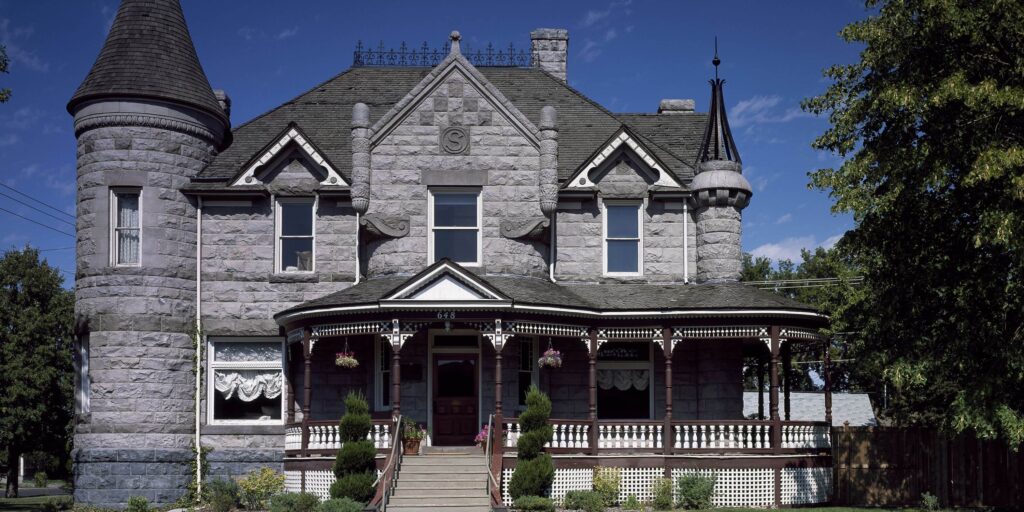
source: hearstapps.com
Take the time to swat up on the history of your home – if you’re prepared to dig around, you might find out some interesting facts about it’s past! The internet, local library, titles companies and the National Register are all great sources of information.
A chat over coffee with elderly residents in the area might provide an opportunity to find out information about the former residents of your property. Census records are another great way to find out about who lived there, and when.
Understanding the era that your historic home was built in will help you to identify and showcase the period features that are unique to its design.
Involve the Experts
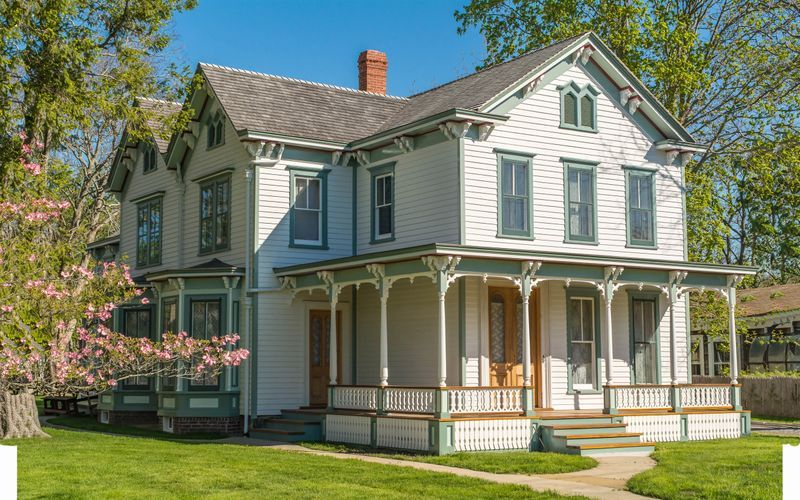
source: .hearstapps.com
Restoring a historic home is no job for a novice. And while architect’s fees might add a few extra pounds to your project, it may turn out to be some of the best spent money in the whole project.
Involving expert advice from the get-go is essential: find yourself an architect and specialist historic home renovation company that has experience in historic homes, not just older ones.
Study the Detail
Take time to study the detail of your home before you begin any renovations. Many historic homes feature intricate and handcrafted detail, so try to replicate that where possible. Take note of the materials that have been used and try to use the same or similar products in your renovations.
Choose Materials Carefully
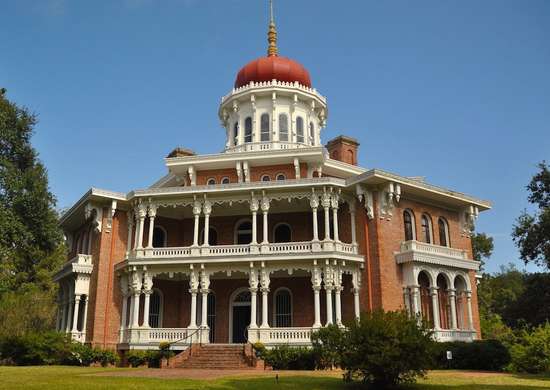
source: pinterest.com
A truly beautiful restoration means staying true to the original materials and finishes wherever possible. Obviously, some modernization may be essential to suit life in the 21st century but be careful to choose items and materials that are as close to the originals as possible.
Upcycle and re-use wherever you can. Visit 2nd hand dealers who specialize in old building materials. And where new materials need to be purchased, talk to your renovation team about the best products to use – remember, it’s ok to replace non-working parts of your historic home, but the savvy renovator will do it in a way that preserves its integrity and unique character.
Improving Efficiency
It’s no secret that historic homes aren’t generally very energy efficient. And if you’re concerned about overall comfort, ongoing heating and cooling bills and water consumption (as most of us are), this could be a cause for concern.
However, with a few minor changes, it’s possible to improve the efficiency of your home dramatically.
Replacing older toilets with ones that use less water is one way to lower the water bill. Water-efficient showerheads are another small change that could make a big difference. Changing over to LED globes is another big money-saver.
What about the insulation in the ceiling and under the floor? Insulation is the silent hero of the energy efficient home, and it’s something that can be replaced without altering the appearance of the property.
Replacing windows and doors with more energy efficient ones is another option. Depending on the restrictions in place on your property this may prove challenging – custom-made windows and doors might be the only solution. But if it’s doable, it’ll help to improve comfort and reduce ongoing overhead costs.
Rediscover the Floor

source: hgtv.com
It’s possible that the carpet in your home might be hiding something special: many historic homes feature beautiful floorboards or exquisite tiles which may have been carpeted over by a previous owner.
Restoring original flooring requires skill and experience, but the rewards can be amazing. Talk to your specialist renovation team about the best way to restore and showcase the original floorcoverings in your home.
Fall in Love with the Landscaping
Beautiful landscaping is also a crucial part of historic home renovation. And if your property has been left in disrepair, the weeds might be hiding some gorgeous surprises: original paved pathways, old stone walls and other landscaping features might be just waiting for someone like you to celebrate them!
Involve a landscaping team that has had experience with your type of property before you put shovel to dirt. Restoring a beautiful garden will play a key part in the overall appearance of the property, so do your research and be prepared for some long (and enjoyable) days outside.
Igor and the team at Combit Construction, specialist historic home renovation company in North London, are here to help you bring your old gem back to life. We’ve got the experience, the skills, and the practical know-how to turn your dream into a reality and restore your piece of history to its original glory!
We care about our clients and their properties. And we offer that good old-fashioned service, quality workmanship and peace of mind that only comes with a team you can trust.

